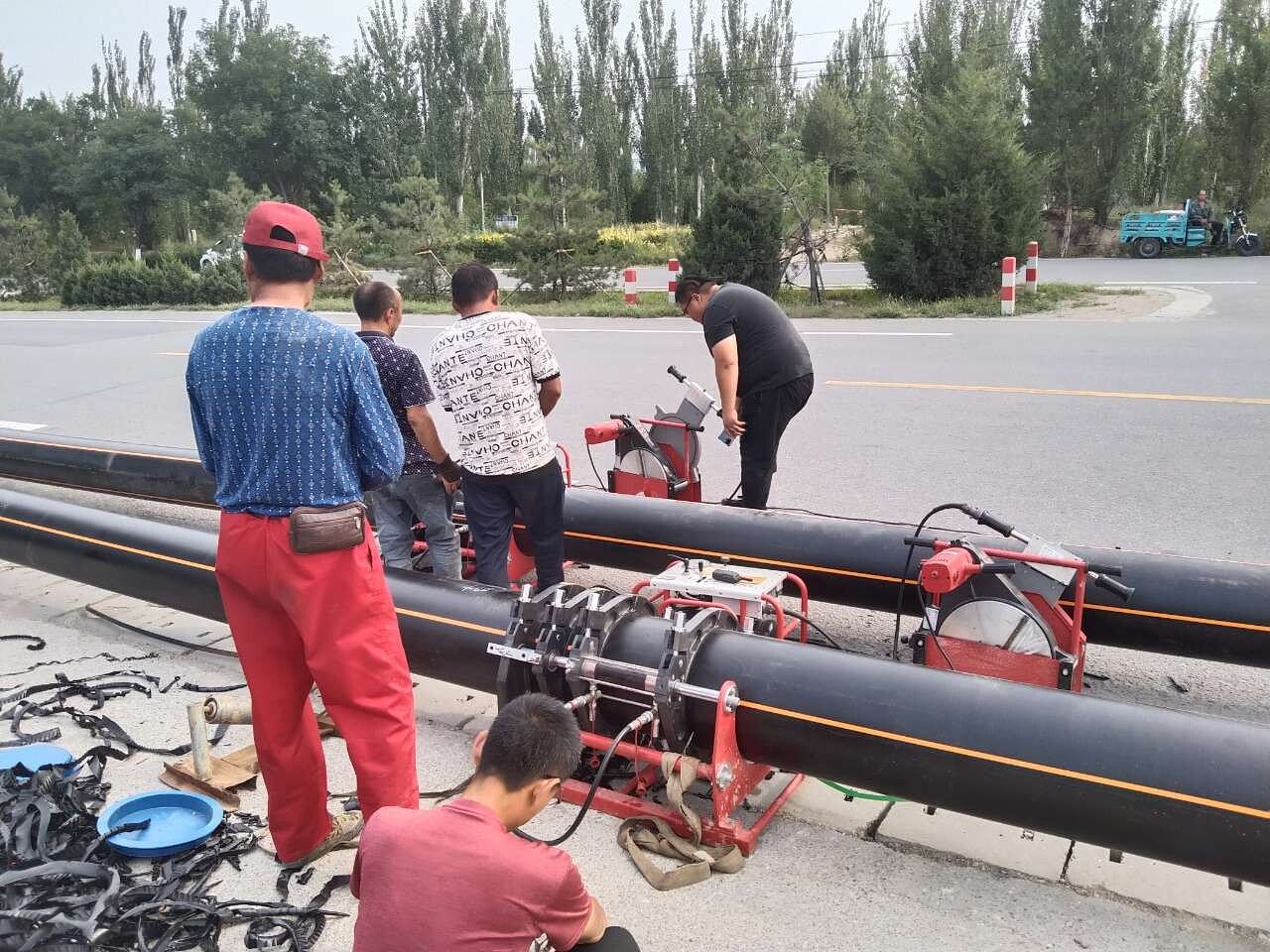
In this article, we'll explore the differences between HDPE and PE pipes, their unique characteristics, and the applications they're each best suited for. By the end, you'll have a clearer understanding of polyethylene pipes and how to choose the right one for your project.
Understanding Polyethylene :
Polyethylene (PE) is a versatile plastic that's used in a wide range of products, from plastic bags to water pipes. It's known for its durability, chemical resistance, and ease of use. But as with any material, PE comes in various grades, each with its own set of characteristics tailored to specific applications.
PE pipe, or polyethylene pipe, is a broad term that encompasses multiple types of pipes made from the polymer polyethylene.These include various grades and densities of pipes that are used in a wide array of applications from potable water supply to drainage systems.
HDPE stands for high-density polyethylene. It's a type of PE pipe, but it's crafted from a specific formulation that gives it a higher density compared to other forms of polyethylene pipes. This higher density provides additional strength and durability, making HDPE pipes the preferred choice for certain applications.
HDPE Pipe vs Ordinary PE Pipe
When it comes to pipe construction, the differences between HDPE and PE pipes are significant. Let's dive into these differences in detail.
HDPE pipes are stronger and more durable than other polyethylene pipes. This is due to their higher density, which gives them a higher resistance to cracking and impact damage. They can handle higher pressures and are more suitable for demanding environments.HDPE pipes's resistance to environmental stress cracking is superior compared to other pe pipes.
But,Is the higher the grade of raw materials used, the better the pipeline?
Share:
Contact With Us



